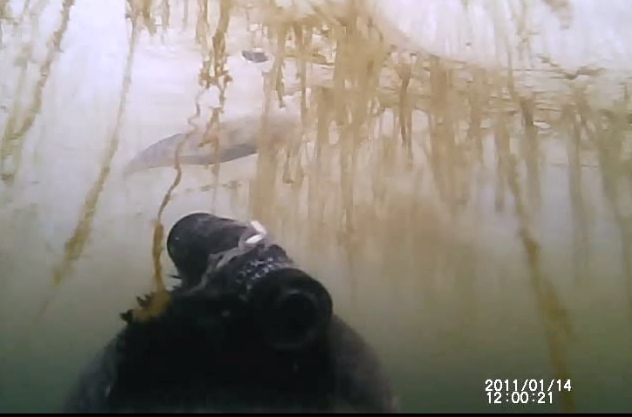Mini penguincam catches birds’ hunting success
Ars Technica » Scientific Method 2013-01-22

"Critter cams" bring animal lovers hours of enjoyment by showing us what it’s like to soar through the clouds like a falcon or see the world from our dog's point of view. These tiny cameras have also benefited science by helping researchers study behaviors that are difficult to observe in person, such as tool use in wild crows and the bloodthirsty tendencies of house cats.
It’s extremely important to study a species’ foraging behavior, since how—and how much—an animal eats can help us understand its physiology, energy use, and fitness. But when it comes to animals that find their food underwater, such as penguins, whales, and fish, it’s often difficult for scientists to get accurate measures of foraging success. Now, two Japanese scientists have used penguin-mounted video cameras in tandem with tiny accelerometers to get extremely accurate information about the foraging behavior of penguins and other diving animals. Their research, along with some fantastic video, was published this week in PNAS.
The scientists wanted to test how well head acceleration—a commonly-used proxy for prey capture—reflects actual foraging success in wild penguins. The assumption is that, when a diving animal’s head accelerates quickly in relation to its body, the animal is catching prey. However, there are questions about how accurately head acceleration represents prey capture rate; for instance, animals may occasionally "miss" their prey, and quick head movements may occur during behaviors other than prey capture.
Read 6 remaining paragraphs | Comments